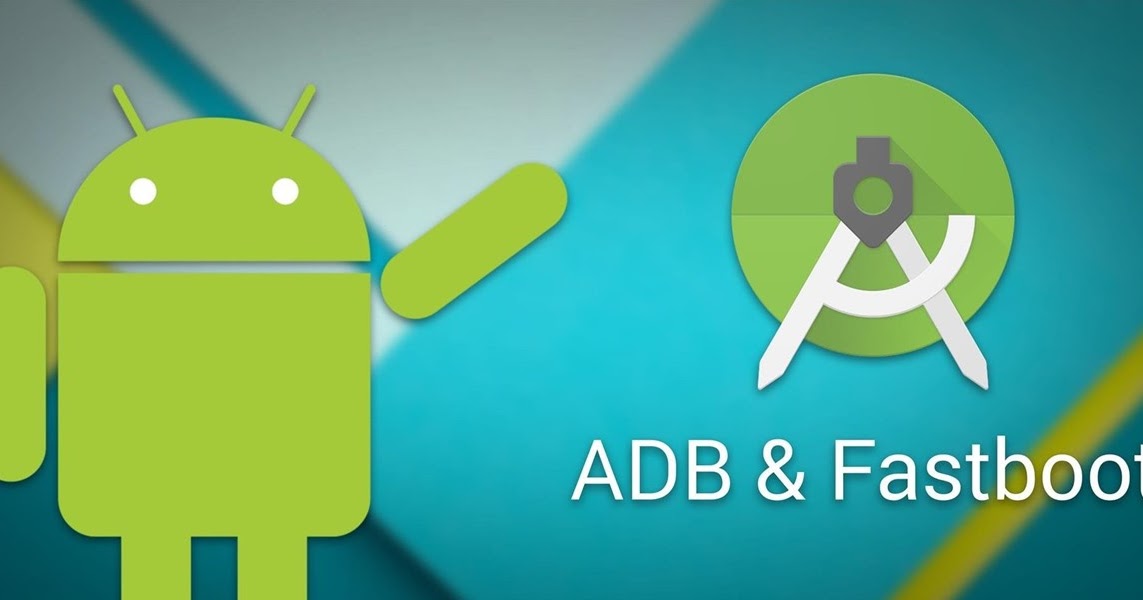

If you have more than one Android device connected, see Android Help: Directing Commands for a correct way to run ADB commands. Note: All the ADB commands on this page work if you have only one Android device connected to your machine. Simplifies the sharing of an Android device for debugging between developers.Wireless connection to the Android device, no USB cable needed (for non-rooted devices you need the USB cable to change the debugging mode).This method is also known as ADB over network or TCP/IP debugging.īe sure to first read Android Mobile Application Development and understand the steps needed to set up and use an Android device for development. This page describes how to debug an Android application on a network-connected Android device. 4 Resetting the Debugging Mode on the Android Device.3 Disconnecting from a Remote Android Device.1 Enabling TCP/IP Debugging on the Android Device.You can also specify adb reboot fastboot or adb reboot recovery to enter the bootloader and recovery menus insteadįor even more commands, simply enter the adb help command. adb reboot - Reboot your Android device.You’ll have to specify the source and destination paths of the file at the end of either command. adb push or adb pull - Copy files to or from your Android device.adb logcat - This command generates a device log file that allows you to find error messages and debug information.

This is a popular command used to remove manufacturer apps and other bloatware that often can’t be uninstalled from within the Android settings menu. adb uninstall x - Replace the x in this command with a package name of your choice.Keep in mind that you’ll have to copy the apk file to the platform-tools folder or specify a path in the command instead. adb install app.apk - This will install an apk file on your device.As mentioned previously, there’s plenty you can do with ADB commands.


 0 kommentar(er)
0 kommentar(er)
